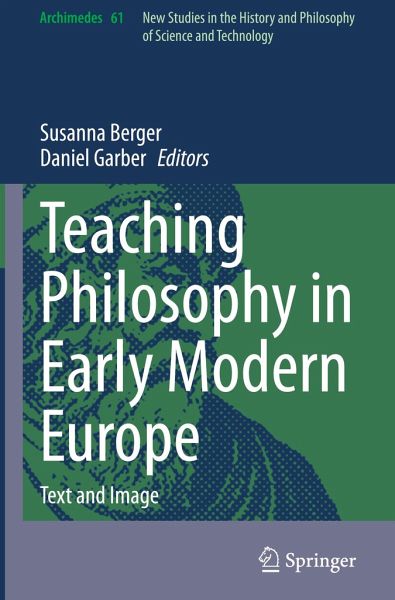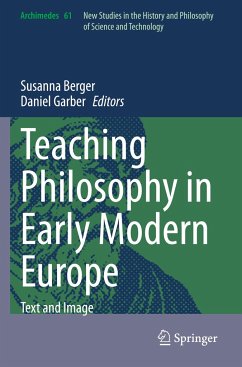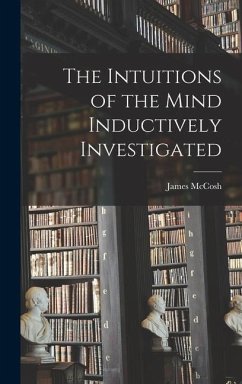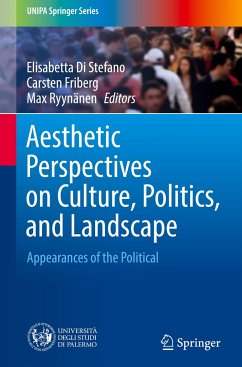
Teaching Philosophy in Early Modern Europe
Text and Image
Herausgegeben: Berger, Susanna; Garber, Daniel

PAYBACK Punkte
53 °P sammeln!
This book examines how philosophy was taught in the early modern period in Europe. It breaks new ground in a number of ways. Firstly, it seeks to bring text-based scholars in the history of philosophy together with social and cultural historians to examine the interaction between tradition and innovation in the early modern classroom, the site where traditional views of the world were transmitted to the generation that was to give birth to modern philosophy and science. Secondly, it draws together scholars who are centered on ideas and words with other scholars who focus on the role of images ...
This book examines how philosophy was taught in the early modern period in Europe. It breaks new ground in a number of ways. Firstly, it seeks to bring text-based scholars in the history of philosophy together with social and cultural historians to examine the interaction between tradition and innovation in the early modern classroom, the site where traditional views of the world were transmitted to the generation that was to give birth to modern philosophy and science. Secondly, it draws together scholars who are centered on ideas and words with other scholars who focus on the role of images in the classroom and the intellectual world in this central period of history. The volume advances our understanding of how philosophy was understood and transmitted in this rich and crucial era. The principal audience for Teaching Philosophy are historians of science, philosophy, art, visual culture, and print culture. The chapters are written in a tone accessible to upper-level undergraduates and graduate students. It also reaches non-specialist readers interested in subjects including the "scientific revolution," the organization of information, and Renaissance and Baroque visual art.












